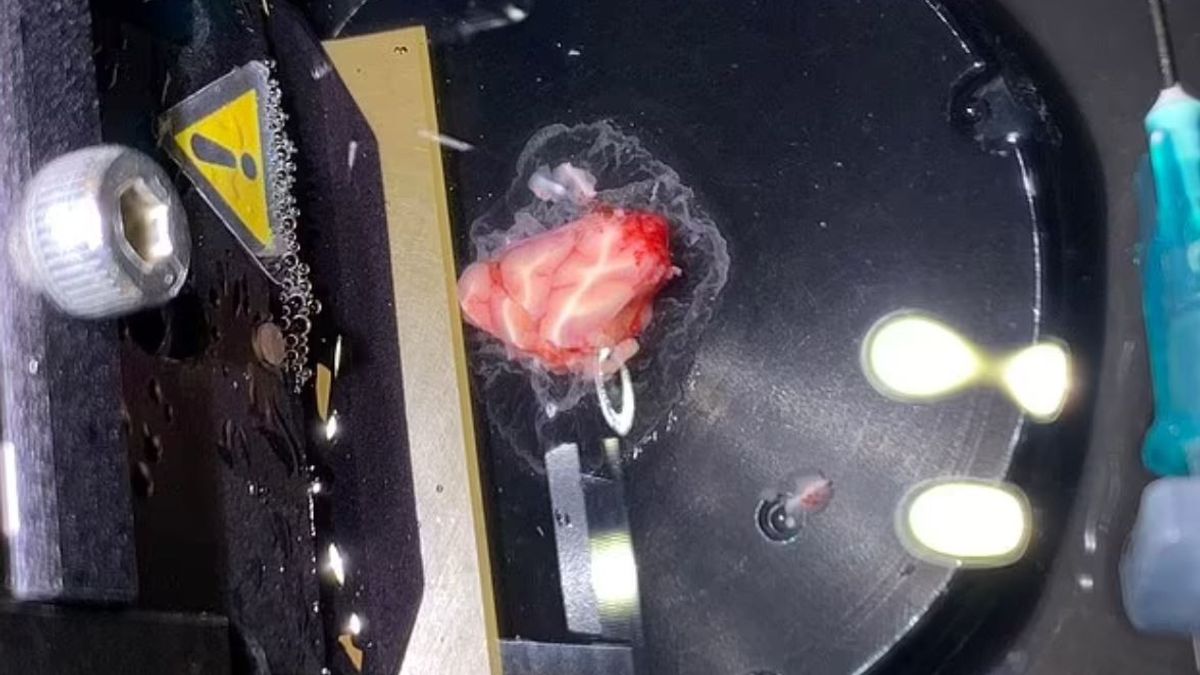JAKARTA – A piece of human brain with a length of 1cm. (one centimeter) can be stored in a petri dish for the first time. This is being done in a groundbreaking study that will help find new drugs and treatments for human fatalities.
Led by Emma Louise Louth of the University of Copenhagen, a group of scientists extracted a piece of brain tissue from a patient's cortex and quickly started a new process to ensure it survived.
The team first cooled the tissue, keeping it oxygenated so the cells would live, and then placed the tiny pieces in a mixture of ions and minerals — the same ingredients found in the brain's spinal fluid.
Louth shared in a press release that he and his team were able to keep brain tissue alive for 12 hours. This allows research and experimentation to be carried out, which so far have only been possible with animals.
"To borrow an analogy from other researchers: The mouse study versus the human study is basically like looking at the Nokia 3310 while trying to repair an iPhone," Louth said in a statement quoted by Dailymail.
They have the same basic functions – but there is far greater complexity in the human brain.
“We even know that there are differences in cell types and the expression of certain receptors. Therefore, being able to test live in human tissue is a unique opportunity,” he said.
The first study focused on dopamine-enhanced connections between neurons in humans and mice, showing reward-related neurotransmitters to strengthen connections between neurons in the human brain.
Knowing this, Louth said, could lead to new treatment opportunities, for example in relation to rehabilitation after a stroke or other types of acute brain damage, in which patients lose synaptic connections in the brain and need to form new ones.
"We've been given the opportunity to show that dopamine plays a different role in humans and mice," Louth said.
"This is an excellent example of how the effects of drugs or neurotransmitters vary between species, and it highlights the importance of being able to test drugs directly on human tissue," he added.
However, philosophical questions have been raised regarding the slicing and dissection of living human brain tissue, but Louth made sure it was painless. "Every emotion or thought has to go through many parts of the brain," he says.
"The pieces we're working with are the size of the outermost part of your thumb, and are no longer connected to other areas of the brain. I understand why people wonder if the neurons in the petri dish have memory, but that's not possible," Louth said.
The research group is currently working on a method that can keep tiny slices of the brain alive for up to ten days.
The English, Chinese, Japanese, Arabic, and French versions are automatically generated by the AI. So there may still be inaccuracies in translating, please always see Indonesian as our main language. (system supported by DigitalSiber.id)













